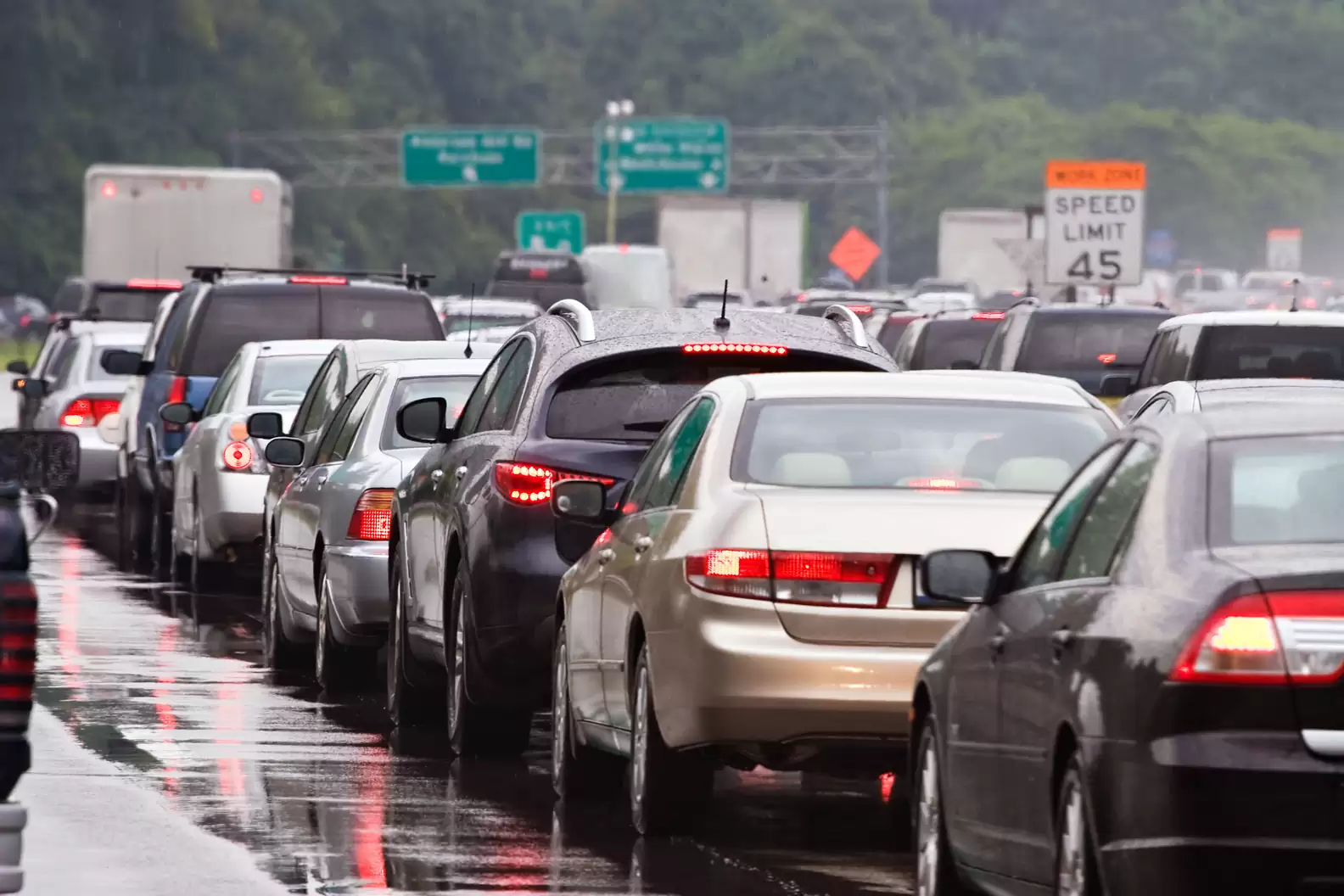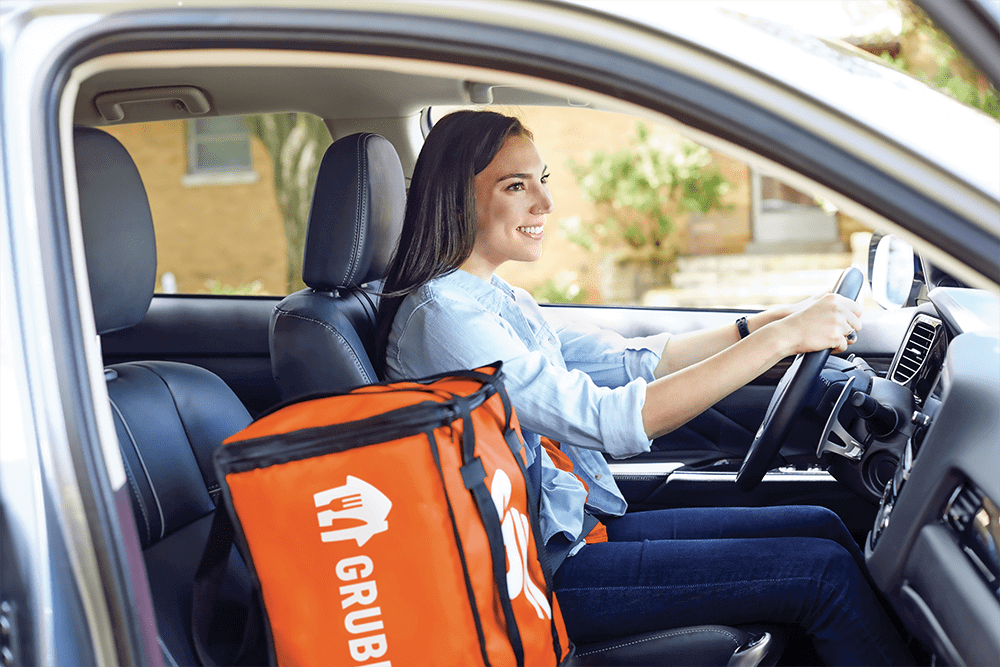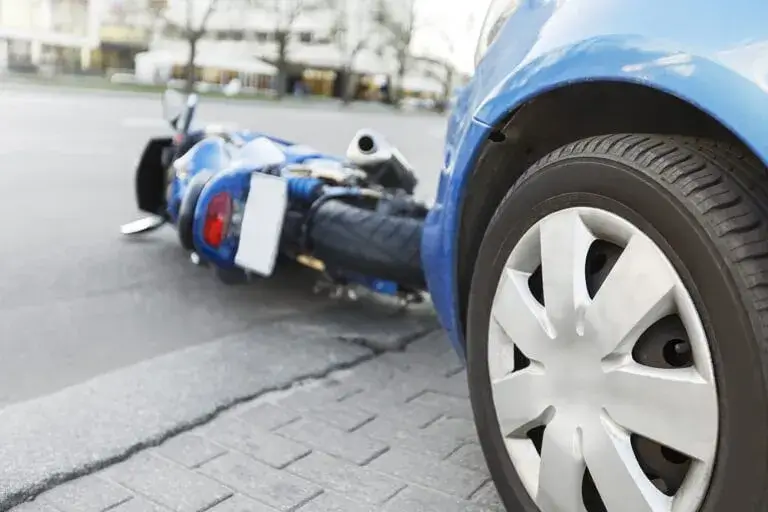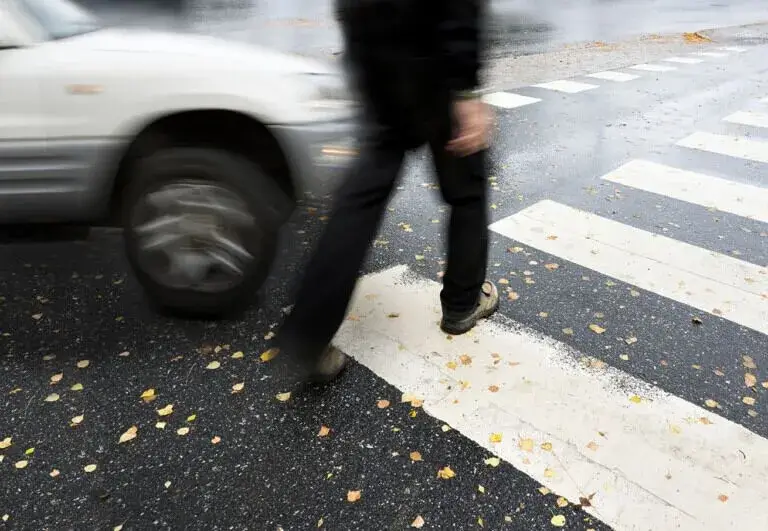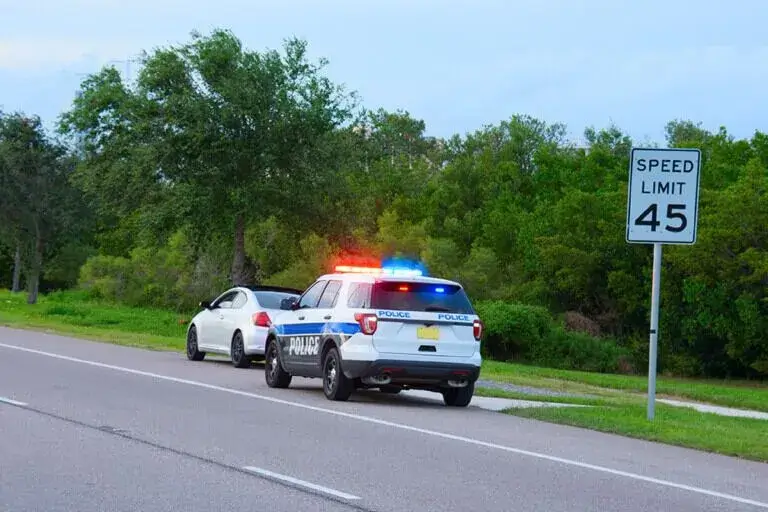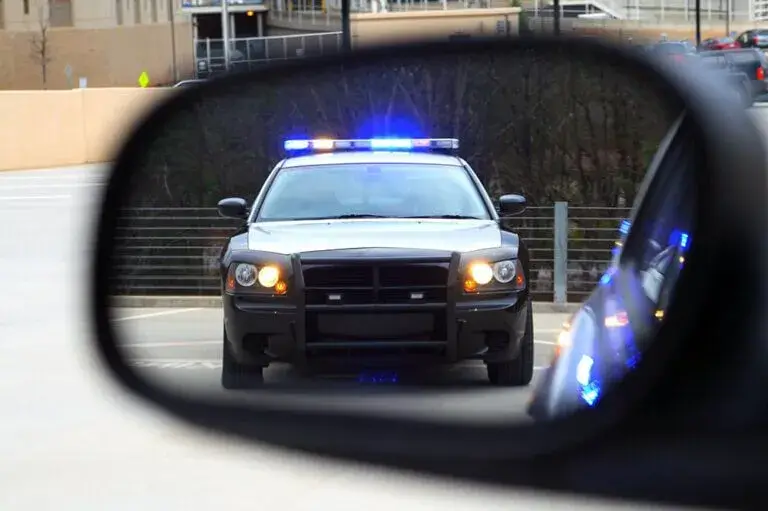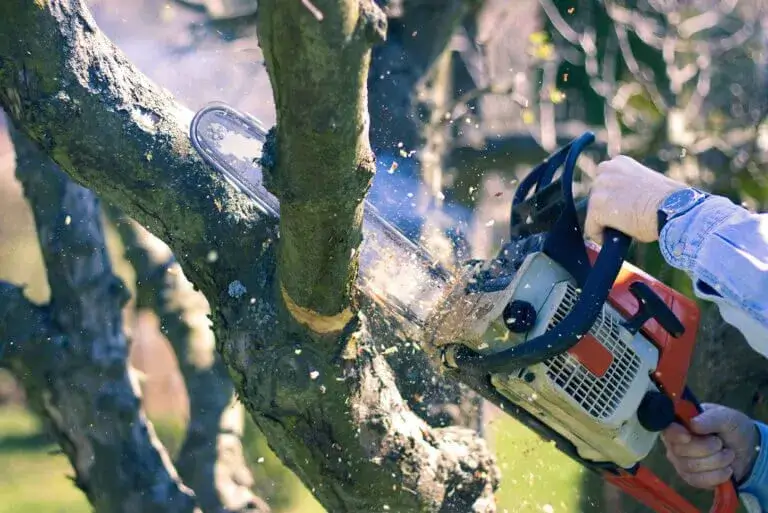Navigating the Winter Wonderland: Essential Tips for Safe Winter Driving
As winter blankets the landscape with its glistening snow and icy charm, the joys of the season are often accompanied by the challenges of winter driving. Slippery roads, reduced visibility, and unpredictable weather can make navigating winter wonderlands a daunting task. However, with the right preparation and caution, you can ensure a safe and enjoyable winter driving experience. In this blog post, we’ll explore essential tips to help you navigate the roads during the winter months.
1. Prepare Your Vehicle:
Before the first snowflake falls, make sure your vehicle is winter-ready. Check the following:
– Tires: Ensure they have adequate tread depth and are properly inflated.
– Battery: Cold weather can be tough on batteries. Check its charge and replace if necessary.
– Fluids: Keep your gas tank full, and make sure your windshield washer fluid, oil, and antifreeze are at appropriate levels.
– Brakes: Have your brakes checked to ensure they’re in good working condition.
2. Equip Your Vehicle:
– Winter Tires: Consider investing in winter tires for improved traction on snow and ice.
– Snow Chains: In areas with heavy snowfall, keep snow chains in your trunk for added traction.
– Emergency Kit: Pack a winter emergency kit including a blanket, flashlight, jumper cables, and non-perishable snacks.
3. Drive Defensively:
– Reduce Speed: Slow down and adjust your speed to match road conditions. It takes longer to stop on icy or snow-covered roads.
– Increase Following Distance: Maintain a greater following distance to allow for additional stopping time.
– Avoid Sudden Movements: Sudden accelerations, decelerations, or sharp turns can lead to loss of control on slippery surfaces.
4. Stay Informed:
– Check Weather Forecasts: Stay informed about upcoming weather conditions to plan your trips accordingly.
– Road Conditions: Before heading out, check road conditions and any travel advisories in your area.
5. Visibility Matters:
– Clear Snow and Ice: Remove all snow and ice from your vehicle, including windows, lights, and mirrors.
– Use Headlights: Keep your headlights on at all times, even during the day, to enhance visibility.
6. Mind Your Braking:
– Brake Early and Gently: Begin braking early to avoid sudden stops, and apply gentle pressure to prevent skidding.
– Use Engine Braking: Downshift to use your engine for braking on slippery surfaces.
7. Plan Your Route:
– Stick to Main Roads: Main roads are more likely to be plowed and treated, providing better driving conditions.
– Inform Others: Let someone know your destination and expected arrival time, especially for longer trips.
8. Stay Calm in an Emergency:
– Know How to Recover from a Skid: If you start to skid, steer in the direction you want to go, and avoid slamming on the brakes.
– Call for Help: If you find yourself in a challenging situation, don’t hesitate to call for roadside assistance or emergency services.
Winter driving demands a combination of preparedness, caution, and adaptability. By following these essential tips, you can increase your safety and confidence on the roads during the winter season. Remember, it’s better to arrive a bit later than risk your safety by rushing through challenging winter conditions. Drive safely, and may your winter journeys be filled with warmth and wonder.
A Car Accident Lawyer’s Perspective
Navigating winter roads poses unique challenges that require heightened vigilance and preparation. As a car accident lawyer in Philadelphia, I often witness the aftermath of winter-related collisions. It’s crucial for drivers to recognize the increased risks associated with snow and ice and take proactive measures to avoid accidents. From investing in winter tires to maintaining a defensive driving approach, these precautions can significantly reduce the likelihood of collisions. Clearing vehicles of snow, staying informed about weather conditions, and having an emergency kit on hand are essential practices. In the unfortunate event of an accident, promptly seeking legal counsel becomes imperative. By combining careful driving practices with legal preparedness, individuals can strive for a safer winter driving experience in the Philadelphia area.








